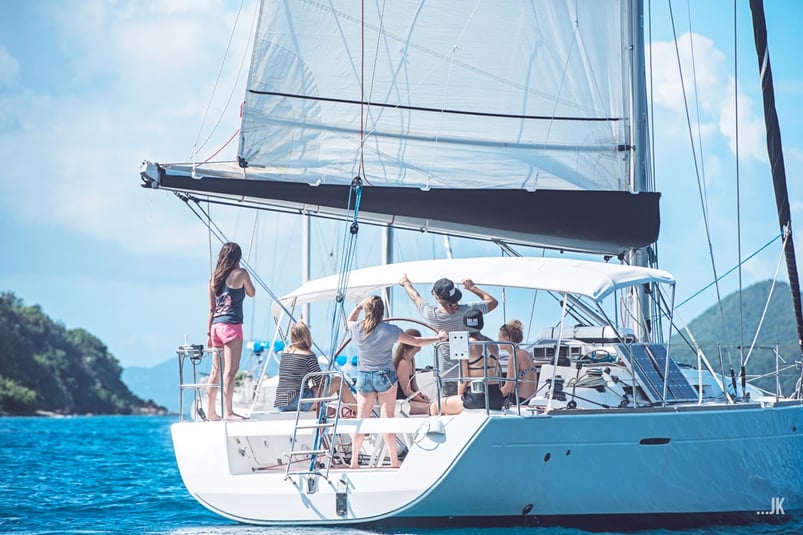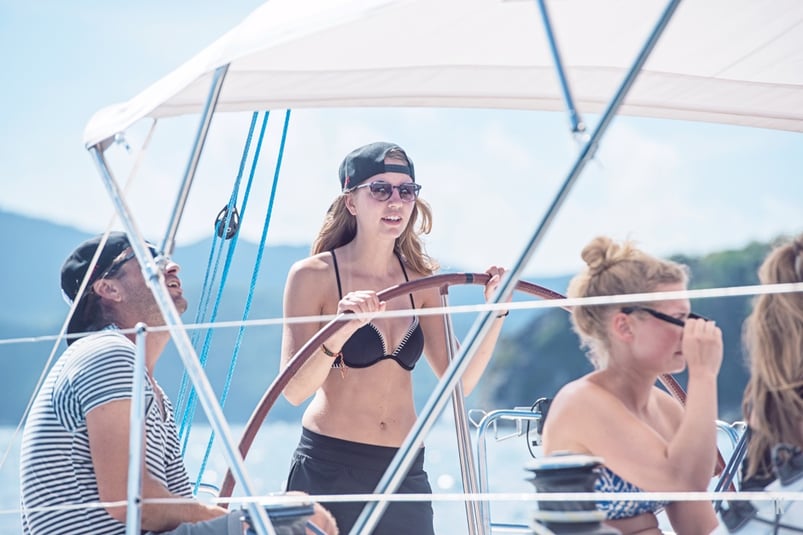The pros and cons of Fasttrack Skipper Courses
For those wanting to charter a boat or work in the sailing industry, qualifications are a must. One of the options is an all-encompassing beginner to Yachtmaster course. This is known in some circles as a "Zero to Hero" course (Z2H).

The premise behind such courses is straightforward. As a student you start with a crew course, progress on to a day skipper, sail some passages in order to earn your sea-miles, then sit a Yachtmaster exam.
Let's start by breaking down the key components of such a Z2H course.
Components of a typical Zero to Hero Course

1. Competent Crew - getting the fundamentals down. Become a useful crew member, able to support a skipper.
2. Bareboat Skipper - called various names but ultimately allowing the holder to charter a boat in most parts of the world.
3. Earning sea-miles - from 600 - 2,500 miles depending on which Yachtmaster you would like to do.
4. Yachtmaster - the gold standard of recreational skipper qualifications and the beginning of a professional skipper career.
5. STCW - one week course required by most companies paying for skipper/stew/engineer services.
Advantages of a Zero to Hero Course
With the right sort of instructor, the zero-to-hero approach is a very effective way to build fundamental sailing skills quickly. Students work through a highly evolved syllabus with a profession instructor whose sole aim is to improve their charges' sailing skills.
Students are in full immersion mode. This is not an occasional lesson from an old salt. This is working through a curriculum, with exams at the end of it.

Downsides of the Zero to Hero
Most critique of the Zero to Hero comes from the expectation created by the term itself; specifically the use of "hero". If there was an equally pithy word that had the meaning of "recently-started-and-well-trained-but-still-lacking-the-skills-to-round-me-out-as-a-yachtmaster", this would be far more acceptable to many sailors.
Developing your sailing skills is a lot about putting yourself in different situations. If you are taught the bulk of your skills with one or two instructors, in one or two locations, this is limiting.
Nevertheless sailors must start somewhere. If they come out of their Z2H course with humility and an awareness that they still have much to learn, they will be well set up to continue gaining skills.
Alternatives to the Zero to Hero
The main alternative is to piece the five components yourself, rather than go to a one stop Z2H shop.
An Example Alternative
An alternative to a Z2H one-stop-shop approach is to complete these in your own time and method. For instance:
- Competent Crew: you might want to do your competent crew (called 101 in American Sailing Association terms) near where you live.
- Bareboat Skipper: You could wrap your Bareboat Skipper course into a vacation (many of our students at Sailing Virgins do this, choosing to have a sailing holiday in the Virgin Islands and receive their qualification at the end of it).
- Sea Miles: To earn sea miles you could head to one of the crew-seeking websites and make yourself known for one of the longer passages. Check this post for more information here.
- Yachtmaster: To sit your Yachtmaster prep-week and exam you may wish to head to the Solent in the south of England: this is in many ways the mecca of sail training.
- STCW: a week long course covering six areas of professional sailing - could be done at another location of your choosing (or you could do it in conjunction with any of the other courses listed above as there are no prerequisites for the STCW course).

Where the Self-Select Method Excels
Although more "lumpy" than a one-stop-shop Z2H course, the self-select method allows you to pick a week or two here and there, and gradually build your sailing skills. You will learn with completely different instructors in varied locations. You will have introduced yourself to your local club/school early on, then tied your sail training into a vacation in the Caribbean (or elsewhere). You can decide to take your sail training as far as Bareboat Skipper or continue all the way through to Yachtmaster.
The self-select method is in many ways more adventurous. You can use your desire to qualify yourself to spend time in the Med, or the Caribbean, or head to Scotland. Or New Zealand. The sail training world is your oyster here.
Recommendations
The purpose of this post was to shed some light on the Zero to Hero course, showing some of their strengths and weaknesses, and exploring alternatives. For someone wanting a crash-course in sailing, finding a well regarded sailing school that offers a Z2H is a valid thing to do. For someone wanting to gradually work their way to skipper, breaking the learning down and spreading it over time and location is an excellent way to learn.
Ultimately we believe that sailing consists of 10,000 small lessons. Doing a sailing course may teach you 100-200 each time. You probably need 300-400 or so to be a basic day-skipper. The most that any one individual would know is probably 5,000. We adopt this paradigm because of one belief: the best sailors are the ones who realise they are always, always learning.
Courses with Sailing Virgins
Sailing Virgins runs week-long Bareboat Skipper courses from our base in Tortola, British Virgin Islands. If you would like to find out more about our Bareboat Skipper courses click here. We also run Awesome Crew courses and Advanced Coastal Cruising courses as well as sailing adventures in the Caribbean.


